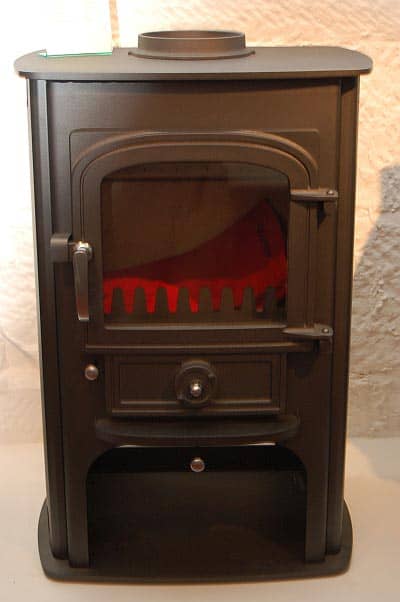Being Environmentally friendly
-
Only use seasoned and clean wood
Wet wood is totally unsuitable for burning. It emits a great deal of smoke. Wood should ideally dry for one to two years after splitting before it’s used – outside in a proper wood store which is weather proof but ventilated, and also with the wood raised off the ground. Check with a moisture thermometer to ensure the moisture content is 20 per cent or less, which is when it is ready to burn. Remember not to use treated wood (e.g. painted) due to the dangers of toxic fumes.
-
Never burn rubbish
Burning household rubbish in your wood-burning stove is illegal and it causes pollution. Typical items include wrapping paper, milk cartons, plastic bags, and other waste. Complete combustion won’t happen because the burn temperature isn’t high enough for that effect.
-
Ensure adequate airflow
Poor combustion is caused by a lack of air flow. It produces harmful smoke particles, which are dangerous for your health, and the welfare of your loved ones. Light the stove using kindling, dry twigs, firelighters or a bit of newspaper. It will help the fire take hold quickly. Do turn the air vent down when the flames begin to turn blue.
-
Burn a small and frequent amount each time
Increase the airflow when adding wood. This helps to achieve cleaner burning and it’s more effective in using the wood.
-
Close down the air vent
You can close the air vent down when glowing wood is all that remains. Don’t worry – the leftover heat will still give off some warmth. Wood burns slower as the airflow is reduced and less heat is therefore lost up the chimney.
-
Check that smoke is almost invisible
Be careful if you notice a foul smell or there is too much smoke. It’s a sure sign that something is wrong. Don’t take risks or your household could be in danger. Consult a professional chimney sweep ASAP if you do notice such signs.
… Remember, to further reduce your carbon footprint, wood ash makes a great garden fertilizer!



